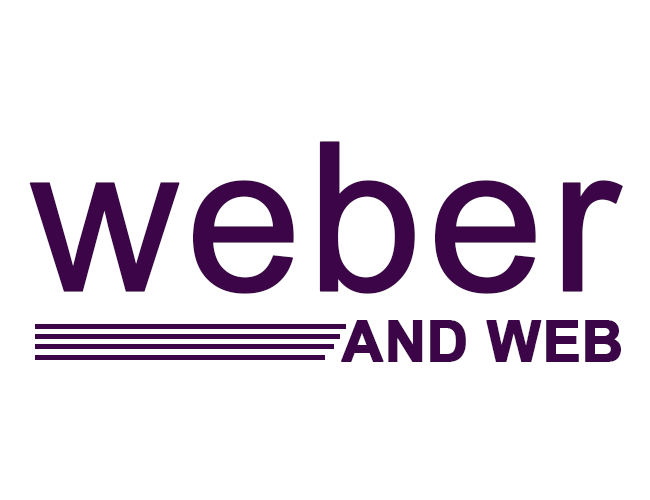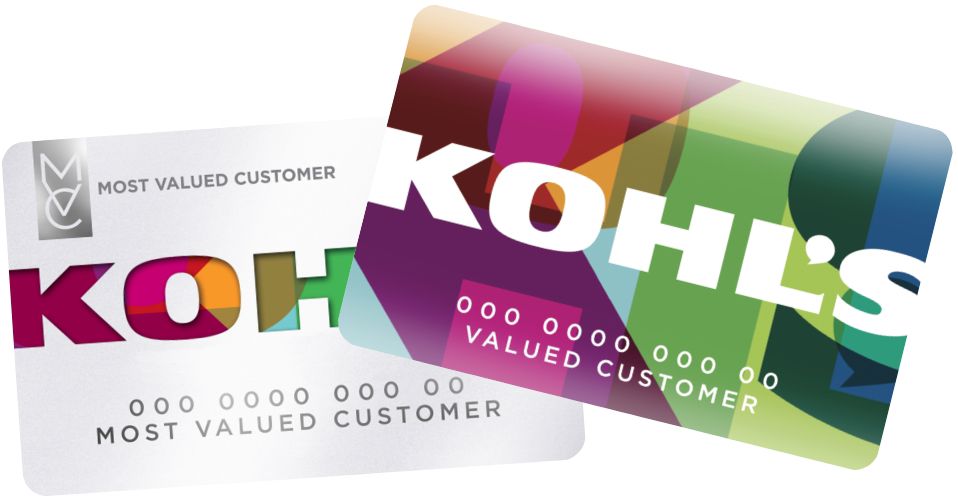Building a Master Data Management system is similar to constructing a vast railway station that connects dozens of cities carrying passengers of different backgrounds. Each incoming train represents a system in an organisation, bringing customer records, product details, supplier profiles, or financial information. Without a coordinated architecture, the station would fall into chaos, delays, and collisions. MDM hub architectures exist to prevent this confusion by offering carefully designed routes for how information enters, aligns, and flows. While the tools and technologies behind MDM often look technical, the underlying purpose is deeply human: ensuring that the organisation never loses sight of truth, identity, and trust. This article explores three prominent architecture styles: registry, consolidation, and coexistence through vivid metaphorical storytelling while keeping the technical foundation intact. The evolving interest in enterprise data management mirrors the curiosity people show when they search for a data scientist course in Nagpur, driven by a desire to understand large information systems deeply.
The Registry Style: The Station Master with a Single Master List
Imagine a station master who does not reorganise the passenger lists from different incoming trains. Instead, he keeps a master notebook where he notes down the unique identity of each traveller and the train they arrived on. He consults this notebook whenever a question arises, but he never edits the passenger lists themselves. This is the essence of the registry style of MDM.
In this architecture, the hub acts as a reference index. It does not overwrite or transform data stored in individual source systems. Instead, it matches, compares, and assigns a unified identity to each record. Whenever a business application needs the truth, it queries the hub, which resolves discrepancies based on its matching engine.
This design is lightweight and quick to implement, suitable for organisations with minimal data conflicts. The drawback is that the truth exists more as a map than a full reconstruction of reality. Applications still depend heavily on source systems, and the hub functions more as a librarian than a full-scale curator of the organisation’s information.
The Consolidation Style: The Central Archive that Rewrites History
Visualise a grand archive room beneath the station, where all passenger records from every train are brought, cleaned, merged, and rewritten into a single definitive ledger. Unlike the registry style, this archivist is not satisfied with fragmented information. The archivist builds one authoritative version of each passenger record using data from every source.
This is the consolidation architectural style. Its hallmark is the creation of a golden record stored directly in the hub. All incoming data flows through cleaning, standardisation, matching, and survivorship rules. The output is a purpose built master dataset that reflects the best possible version of the truth.
Consolidation is ideal for analytics, reporting, and cross functional decision making because it offers a unified and verified dataset. However, it requires more effort, governance, and technical investment. Its strength lies in building organisational memory from multiple sources, giving leaders a stable foundation on which to make strategic decisions.
The Coexistence Style: A Network of Coordinated Platforms
Now imagine a new kind of railway system where every station keeps its own updated passenger list, but they all synchronise through a central signalling hub. If one station updates a name, the others receive the update. If another adds new information, the network adjusts accordingly. This creates a living, breathing ecosystem of shared truth.
This mirrors the coexistence style of MDM. It synchronises the master data back into participating systems so that each can maintain a local copy aligned with the hub. Coexistence is powerful in organisations where multiple systems need rich, operational data and frequent updates. Customer service, e-commerce, and supply chain platforms often benefit from this model.
The challenge lies in maintaining real time synchronisation. The architecture is more complex than registry or consolidation because the hub becomes a conductor of continuous changes instead of a static repository. Large enterprises choose coexistence to reduce friction between departments and create a coordinated data environment validated by governance teams.
Choosing the Right Architecture: The Art of Balancing Speed, Governance, and Complexity
Deciding the right MDM hub architecture is similar to choosing the right layout for a busy transport network. Registry prioritises speed and low overhead. Consolidation focuses on accuracy and historical truth. Coexistence builds operational harmony among systems. The correct choice depends on business goals, data maturity, and scalability needs.
A company preparing for digital transformation might begin with registry, adopt consolidation as data volumes grow, and eventually evolve into coexistence for enterprise scale integration. Modern organisations often seek expert knowledge through structured learning, similar to how professionals look for a data scientist course in Nagpur to strengthen their technical understanding before tackling advanced challenges. In MDM, thoughtful planning prevents expensive redesigns later.
Conclusion
MDM hub architecture is not a technical choice alone but a strategic decision that reflects how an organisation views trust, identity, and consistency. Registry offers simplicity and speed, consolidation provides unified truth, and coexistence supports operational synchronisation. Each architecture has a unique philosophy and practical value. By imagining MDM as the orchestration of a vast railway system, leaders can better understand how data should move, transform, and remain consistent. A well planned hub becomes the cornerstone of reliable digital operations, ensuring that the organisation never loses sight of its most valuable asset: accurate, trusted, and harmonised master data.



